Earth news stories
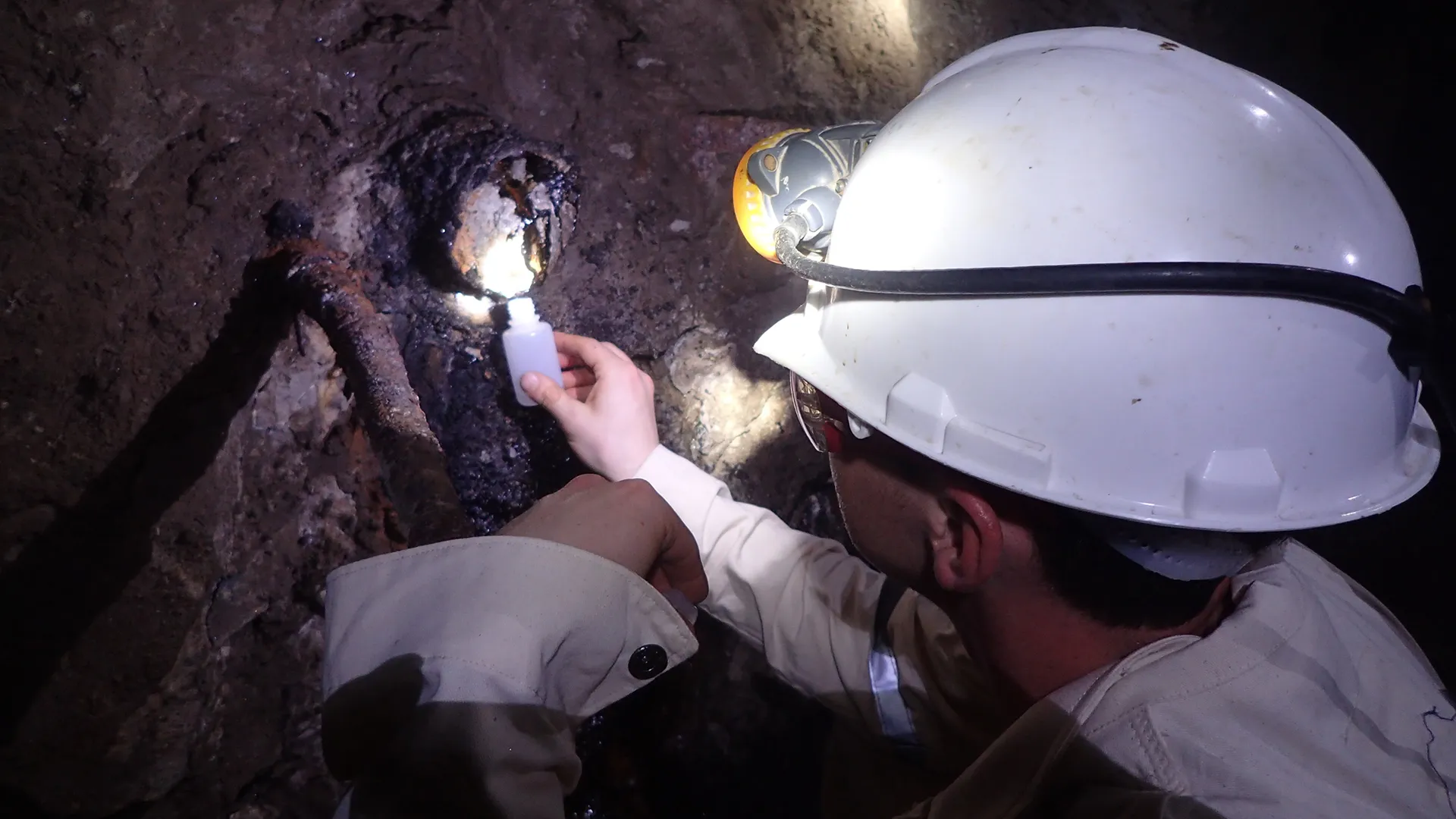
Groundwater that was recently discovered deep underground in a mine in South Africa is estimated to be 1.2 billion years old. Researchers suspect that the groundwater is some of the oldest on the planet, and its chemical interactions with the surrounding rock could offer new insights about energy production and storage in Earth’s crust.
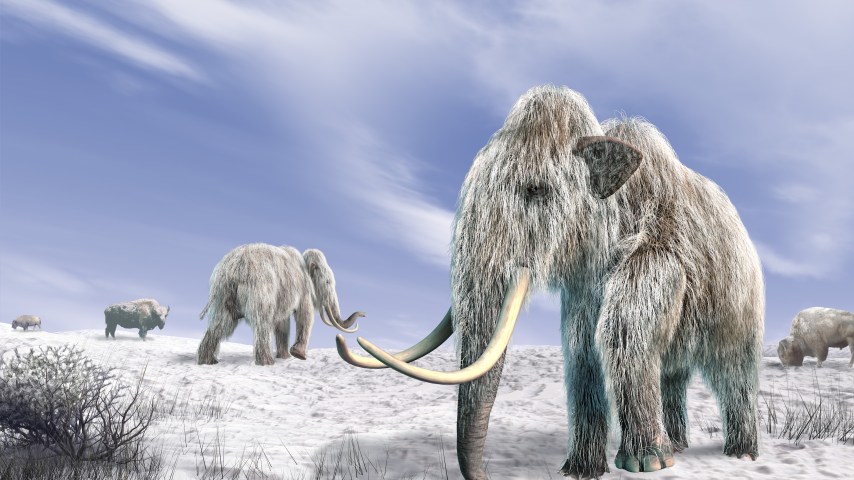
The death of the dinosaurs allowed mammals to become ascendant. But the history of mammals stretches far deeper than that. The first mammals go back about 325 million years, when the ancestral mammal lineage split from the reptile line.
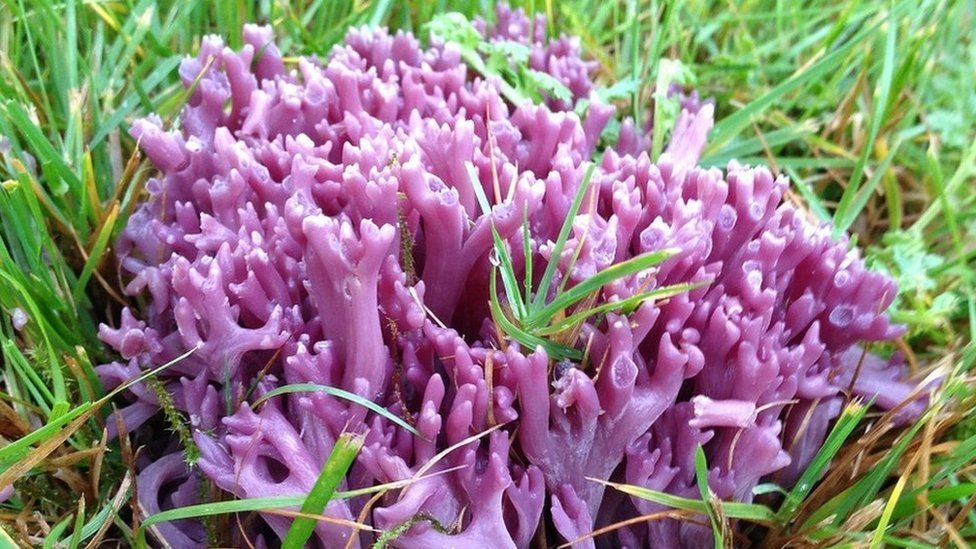
The previously unknown species uncovered is from a group called Squamanita.The group includes a rare parasitic fungus nicknamed the strangler, due to its ability to take over other fungi.
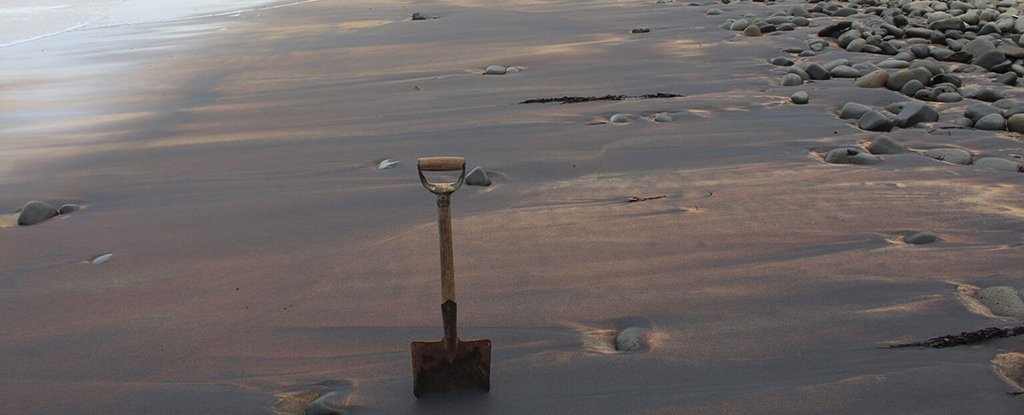
Scientists can use various clues to figure out what’s under Earth’s surface without actually having to do any digging – including firing super-fine lasers thinner than a human hair at minerals found in beach sand.

New genetic research from remote islands in the Pacific offers fresh insights into the ancestry and culture of the world’s earliest seafarers, including family structure, social customs, and the ancestral populations of the people living there today.
Image from: Image:Oceania ISO 3166-1.svg (Wiki Commons)

Formation of solid iron core 550m years ago restored magnetic field and protected surface.
An innovative new perspective on mineralogy, findings rank amongst the field’s most important in the last century.

Fossil hunters have traced the rise of the dinosaurs back to the freezing winters the beasts endured while roaming around the far north
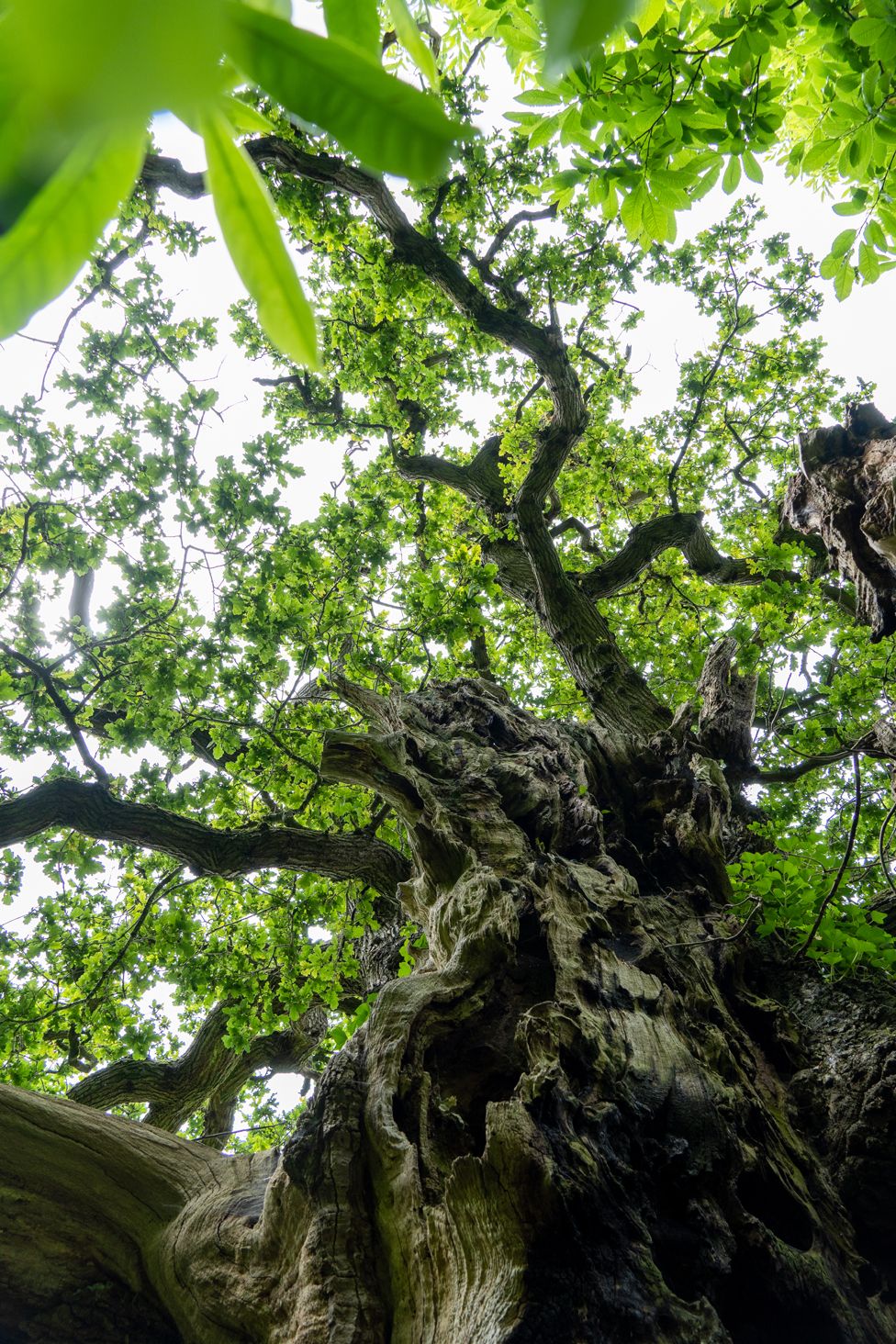
A new map shows there could be around two million trees with exceptional environmental and cultural value previously unrecorded in England. That’s ten times as many as currently on official records. This tree-map is sounding a rare note of optimism in the conservation world.

A new wave of scientists argues that mainstream evolutionary theory needs an urgent overhaul. Their opponents have dismissed them as misguided careerists – and the conflict may determine the future of biology.
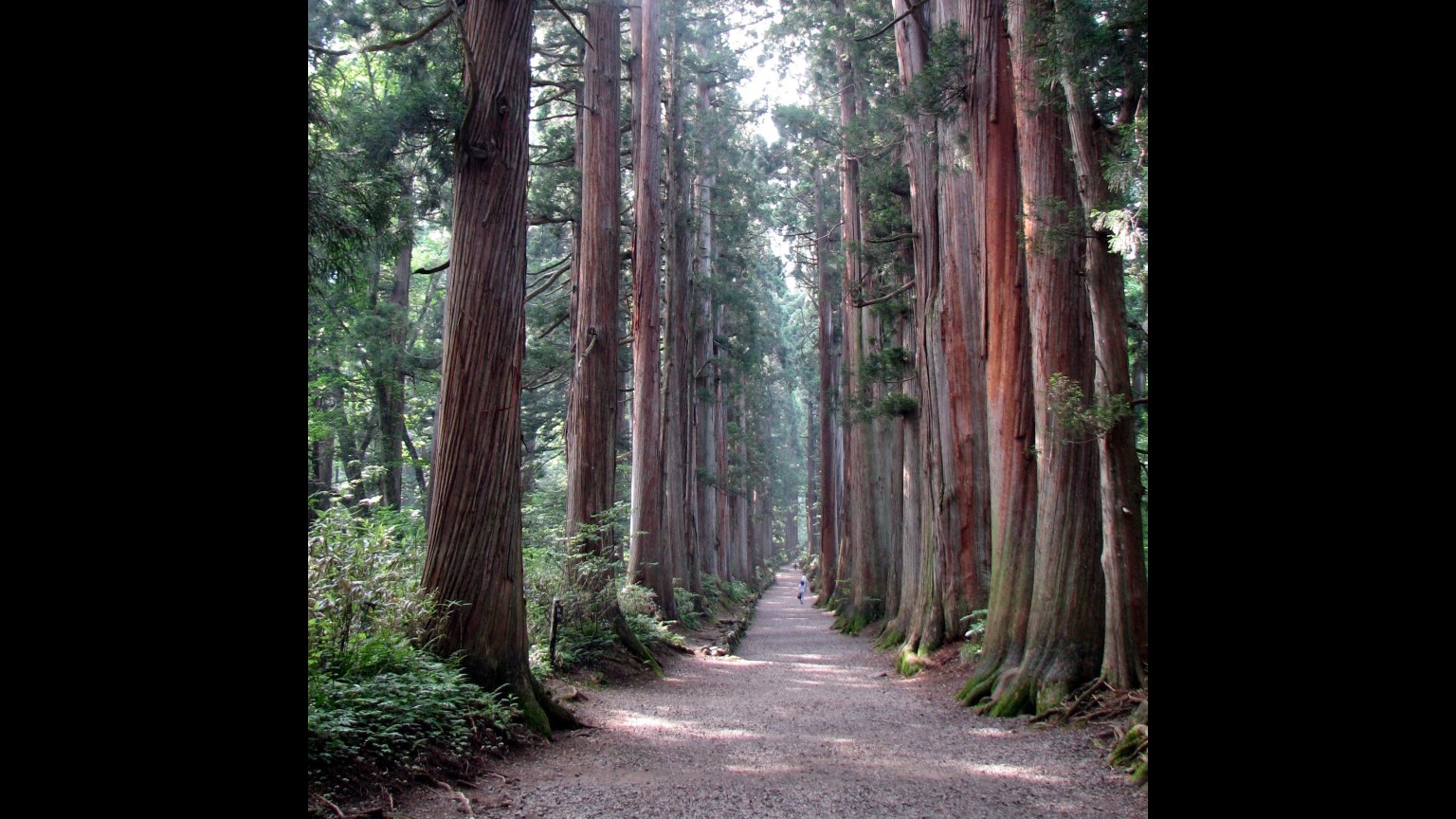
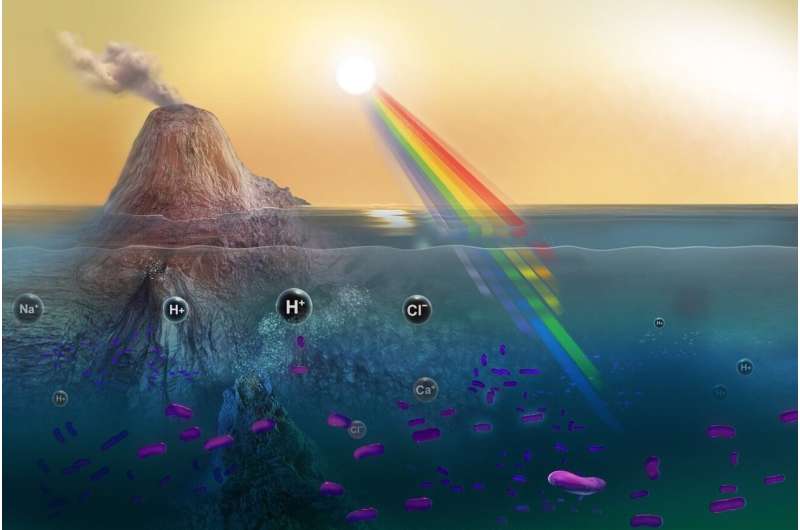
Using light-capturing proteins in living microbes, scientists have reconstructed what life was like for some of Earth’s earliest organisms. These efforts could help us recognize signs of life on other planets, whose atmospheres may more closely resemble our pre-oxygen planet.
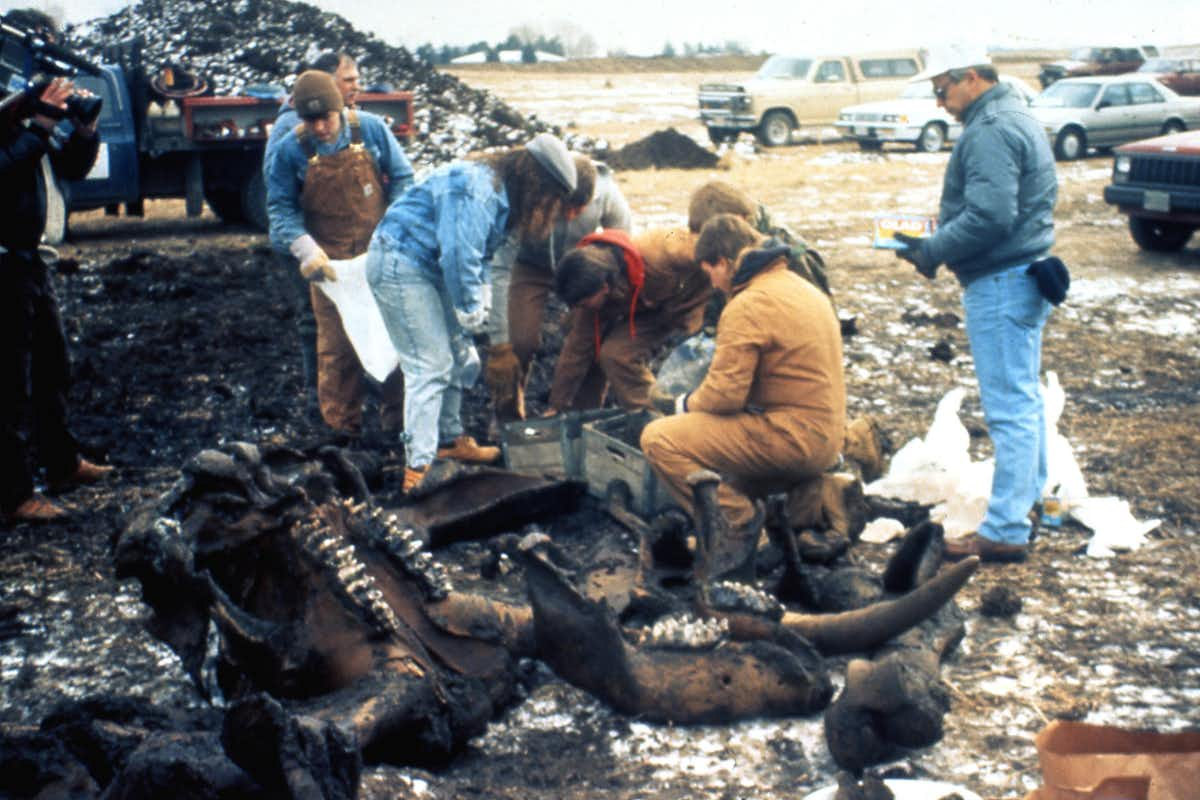
We know that the Earth has had at least five major ice ages. The first one happened about 2 billion years ago and lasted about 300 million years. The most recent one started about 2.6 million years ago, and in fact, we are still technically in it.
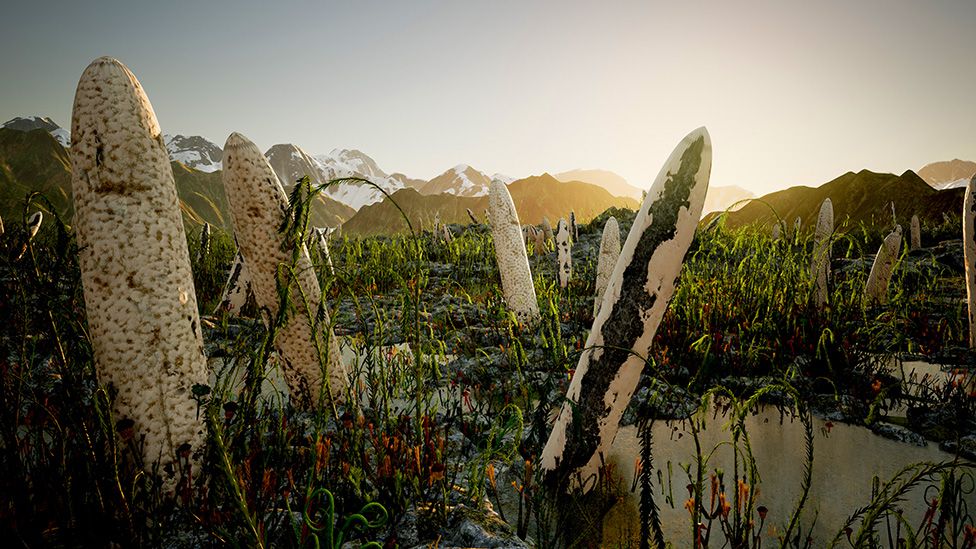
The oldest evidence of wildfire has been identified in South Wales.It takes the form of some truly ancient, charred remnants trapped in some truly ancient mudstone.
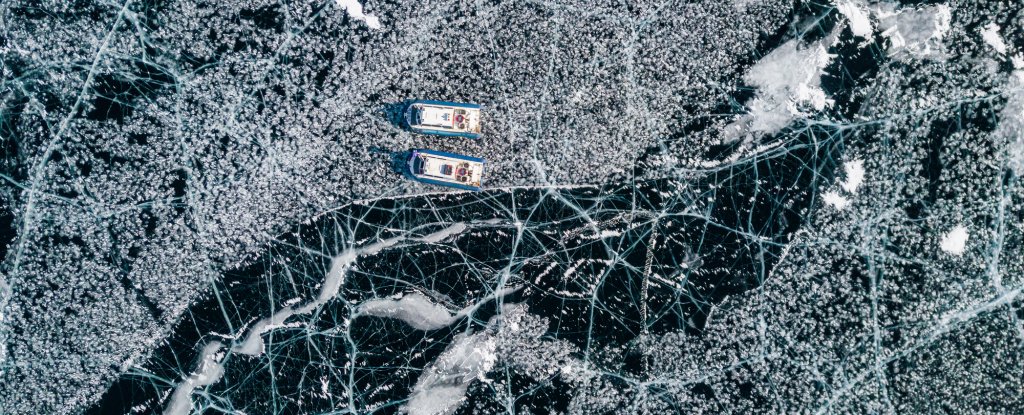
Fed by waters that pass through 600 meters (1,970 ft) of permafrost, the sub-zero, salty, virtually oxygen-free Lost Hammer Spring in the Canadian Arctic is one of the harshest places on Earth. Even here, however, life finds a way.
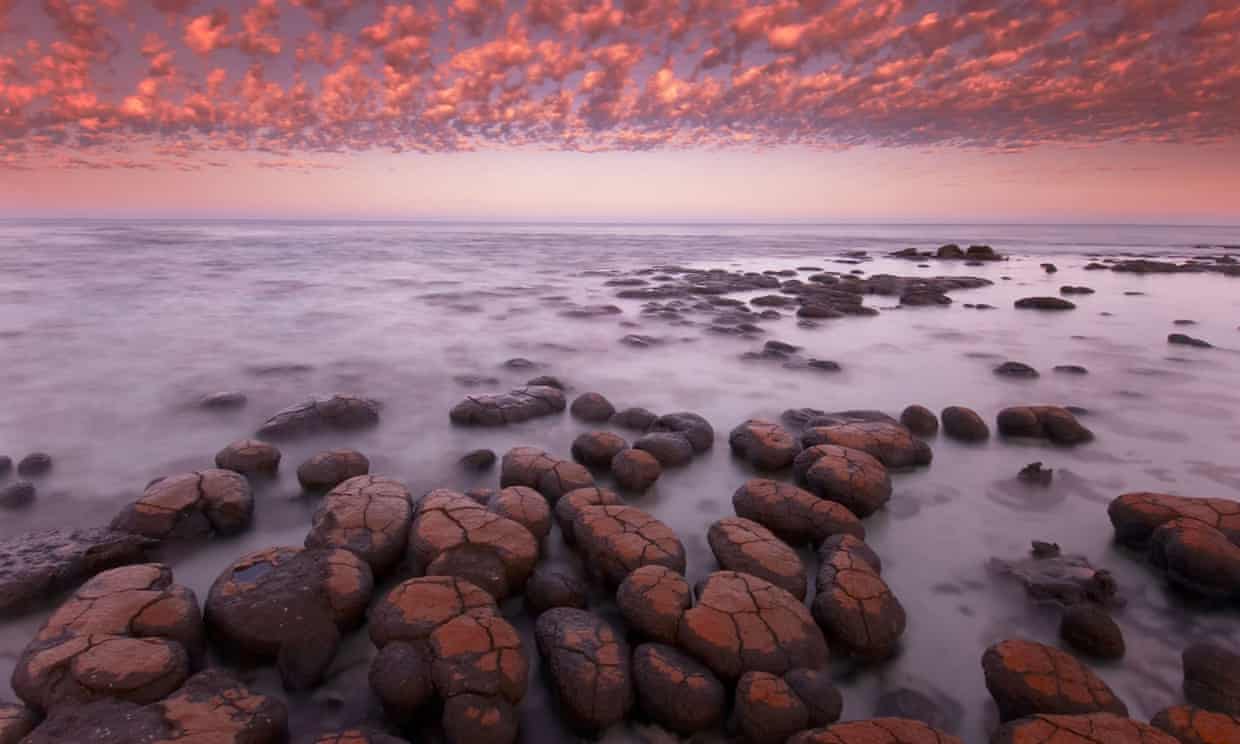
The Sun shone 20% less brightly on early Earth, and yet fossil evidence shows that our planet had warm shallow seas where stromatolites – microbial mats – thrived.








